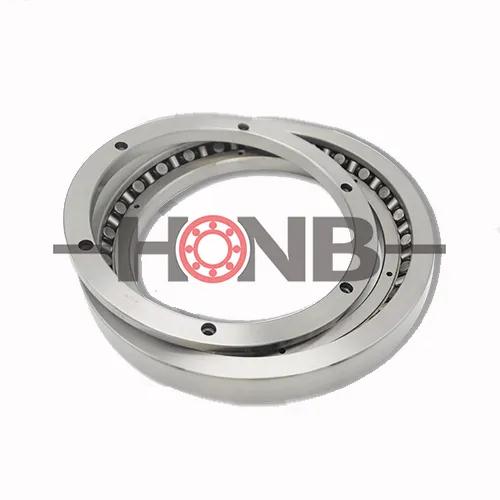Different way for checking bearing fault
Author: hongyuanTime:
As an important part of mechanical equipment, rolling bearings will directly affect the normal operation of mechanical equipment if there is a failure in the use process. Bearing failure is one of the common problems. If the mechanical bearing fails initially, we should judge it to find it as soon as possible, and handle it accordingly as soon as possible to prevent the normal process of mechanical equipment work. Here is to share with you a rolling bearing fault diagnosis method to judge the cause of bearing failure.
Abnormal rotating sound analysis and diagnosis
Abnormal rotating sound detection and analysis is an analysis method to monitor the working state of bearings by auscultation. The commonly used tools are wooden handle long screw screwdriver, or hard plastic pipe with an outer diameter of about 20mm. Comparatively speaking, using electronic stethoscope for monitoring is more beneficial to improve the reliability of monitoring. When the bearing is in normal working state, the operation is smooth and brisk, and there is no stagnation phenomenon. The sound is harmonious and without noise, and uniform and continuous “hua Hua” sound can be heard, or low “bang” sound. Bearing faults reflected by abnormal sound are as follows.
1) The bearing emits a uniform and continuous “sizzling” sound, which is generated by the rotation of the rolling body in the inner and outer rings, including irregular metal vibration sound unrelated to the speed. Generally, the amount of grease added in the bearing is insufficient, which should be supplemented. If the equipment is shut down for too long, especially in the case of low temperature in winter, the sound of “hissing and rustling” will sometimes be issued in the operation of bearings, which is related to the smaller radial clearance of bearings and the smaller needle entry degree of grease. The bearing clearance should be adjusted appropriately and the new grease with a larger needle insertion degree should be replaced.
2) The bearing gives out a uniform periodic “ho luo” sound in the continuous “hua Hua” sound, which is caused by scars, grooves and rust spots in the rolling body and inner and outer ring raceway.The period of sound is proportional to the speed of the bearing. The bearing should be replaced.
3) The bearing makes irregular and uneven “scratching” sound, which is caused by impurities such as iron filings and sand particles falling into the bearing. The sound intensity is small and has no relation to revolutions. The bearing should be cleaned, greased or changed.
4) The bearing emits a continuous and irregular “rustling” sound, which is generally related to the loose mating of the inner ring and shaft of the bearing or the loose mating of the outer ring and the bearing hole. When the sound intensity is large, the matching relationship of the bearing should be checked, and the problem should be repaired in time.

If you have any questions,pls feel free to contact us
e-mail:bearing6@hyzcgroup
Previous Page:Determine whether bearings can be used again
Products
- YRT rotary table bearing
- YRTS rotary table bearing (high speed series)
- YRTM with integral angular measuring system series
- ZKLDF axial angular contact ball bearing series
- RA series crossed roller bearing
- SX series crossed roller bearing
- CRBH series crossed roller bearing
- RE series crossed roller bearing
- RU series crossed roller bearing
- RB series crossed roller bearing
- XR/JXR series crossed taper roller bearing
- Crossed roller bearing
Contact Us

✉️ bearing20@hyzcgroup.com
📞 +86 15236685001





